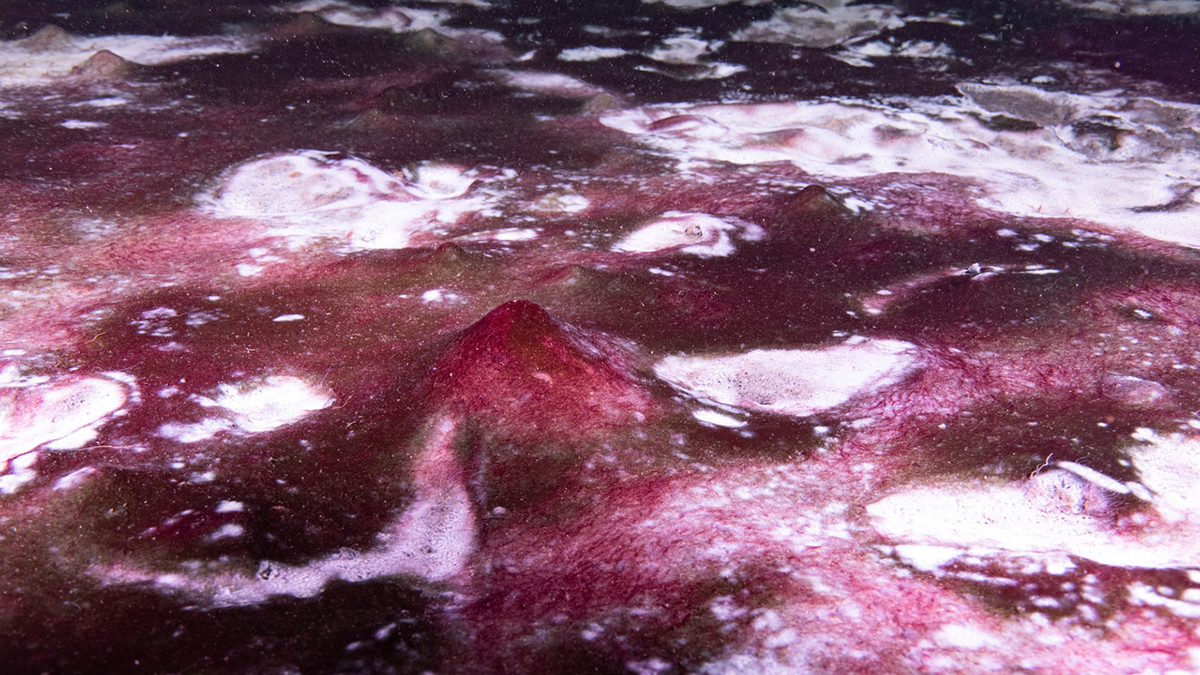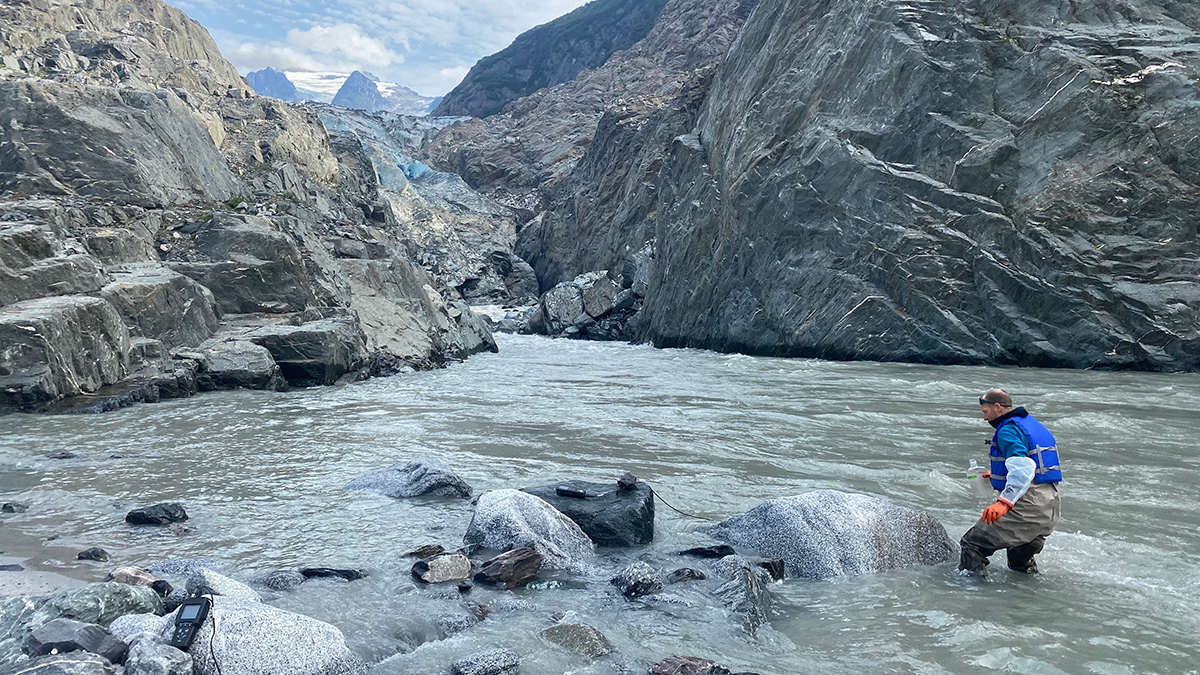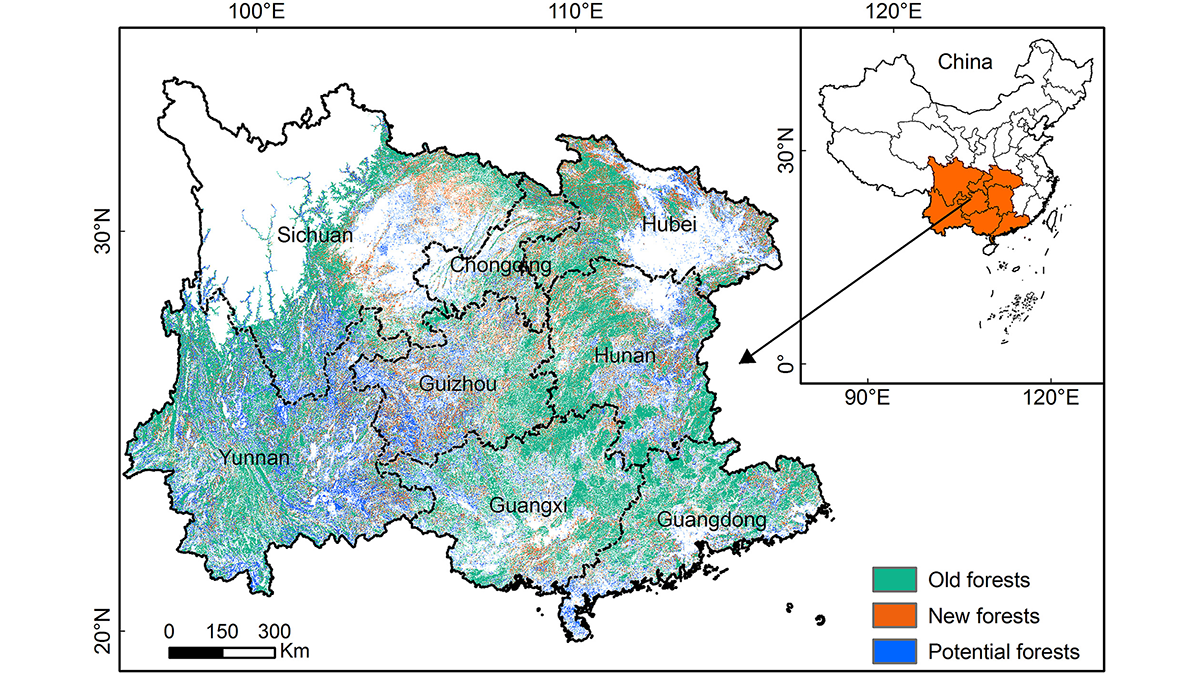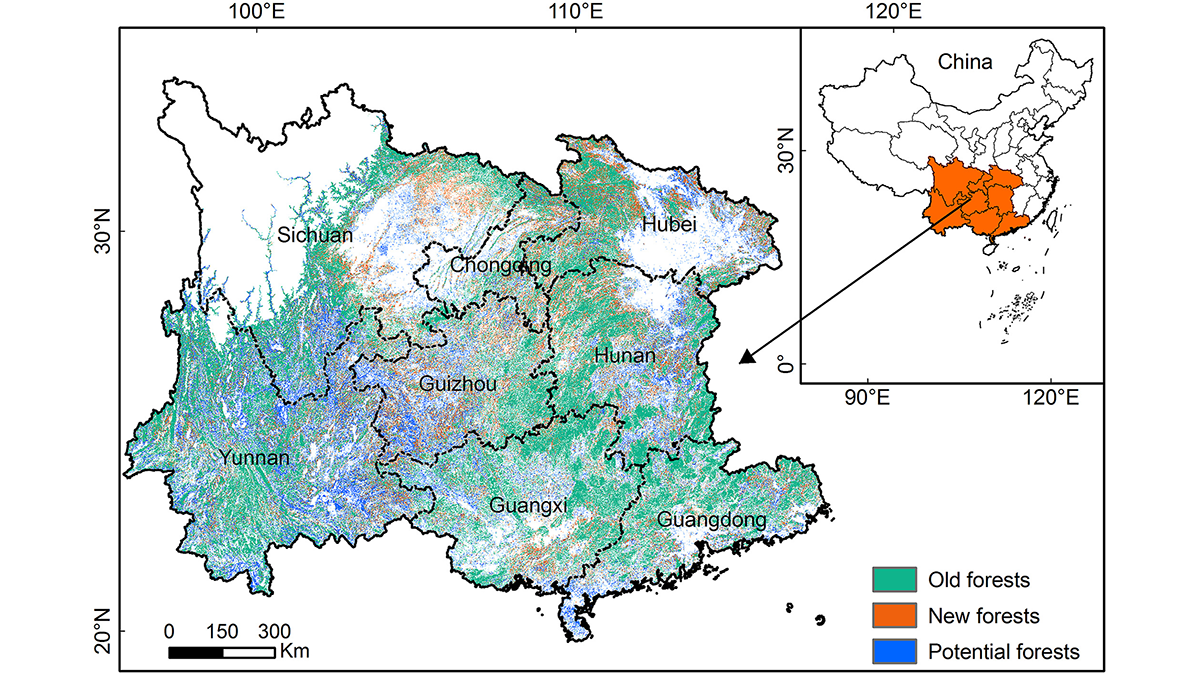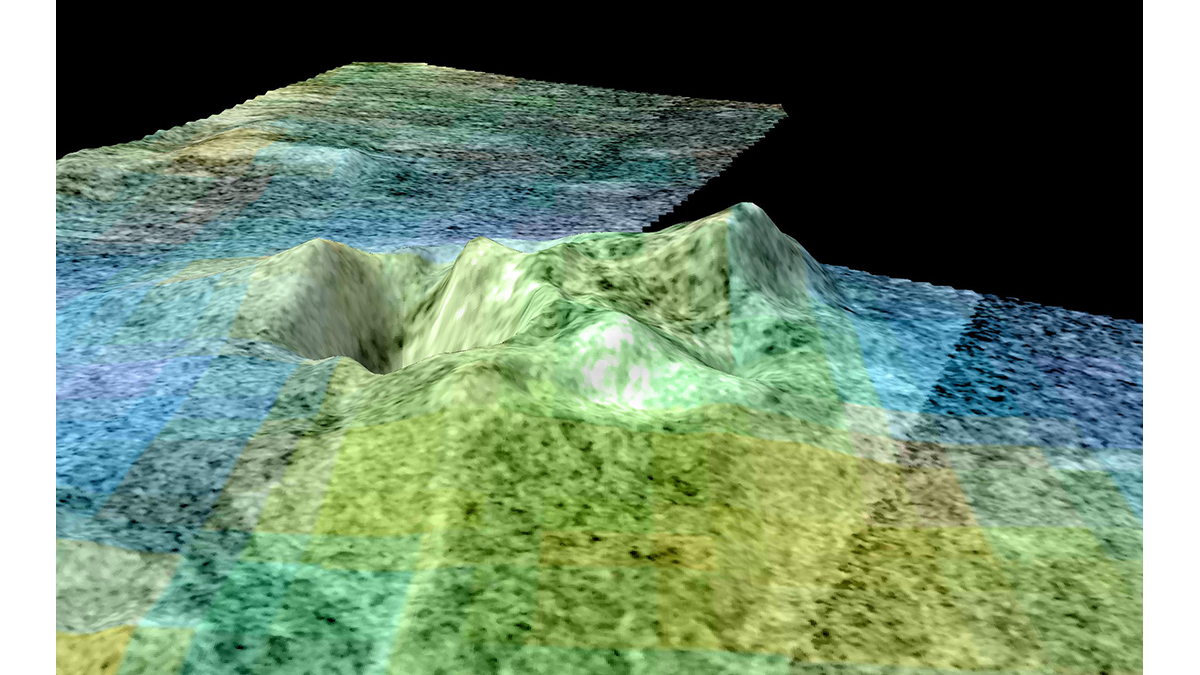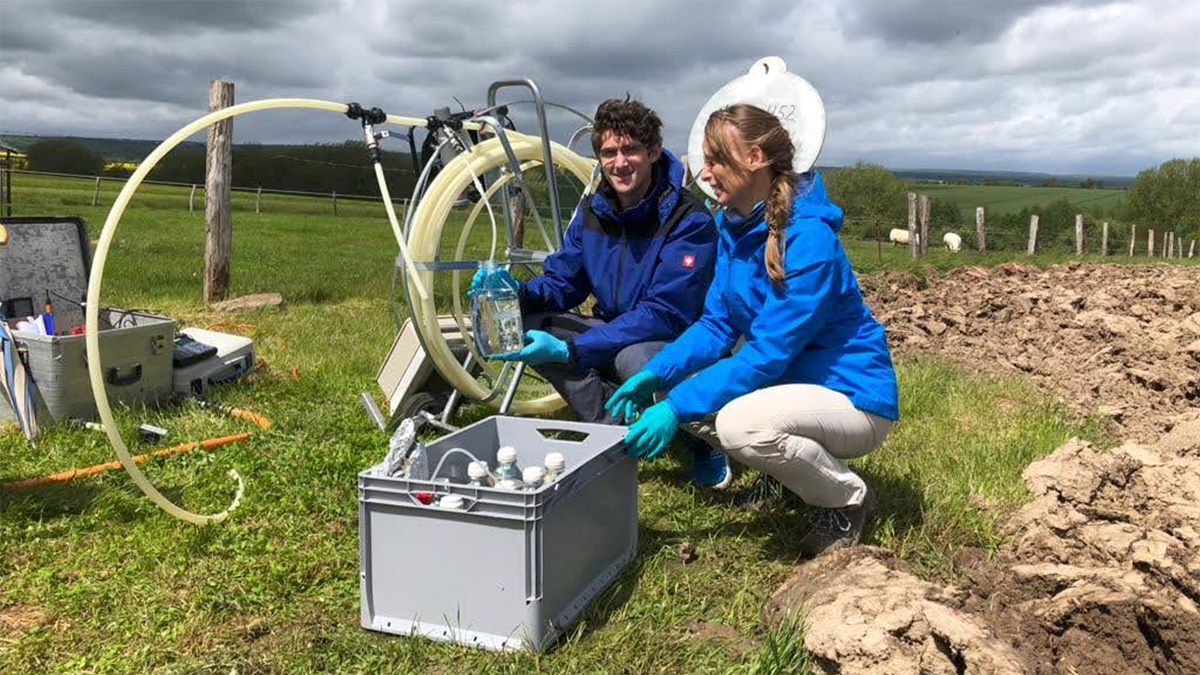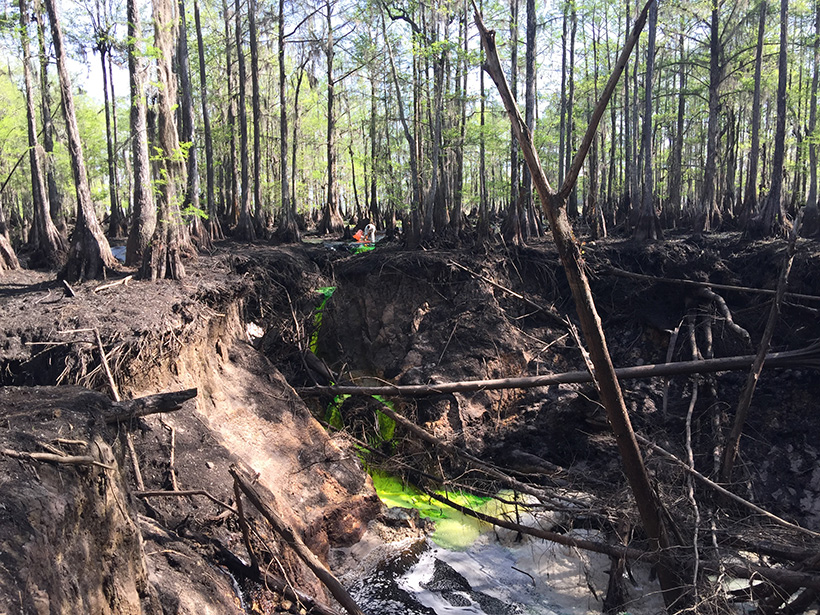New advances in modeling contaminant transport offer a clearer picture of how to protect karst aquifers.
karst
Modern Microbial Mats Offer Glimpses of Other Times and Places
Comprising diverse groups of microbes, isolated but globally scattered mat ecosystems like those in Lake Huron may be analogues of life on early Earth and in other exotic environs.
Measuring Carbon’s Flow from Land to Sea
A new study catalogs how dissolved inorganic carbon moves through southeast Alaska’s waterways.
Where the Ground Gives Way
Sinkholes are a significant hazard, but where are they most likely to happen? A new study identifies hot spots in the contiguous United States.
Using Cave Formations to Investigate Ancient Wildfires
From sediment cores to speleothems, environmental archives are helping us to understand the history of wildfires.
Quantifying the Potential of Forestation for Carbon Storage
Forestation projects in southern China over the past few decades have sequestered large amounts of carbon in tree biomass, but the region is approaching saturation of forest carbon storage capacity.
Titanic Caves and Where to Find Them
More than 21,000 pits, depressions, and closed valleys on Titan may provide access to underground voids or caves.
Groundwater May Fix as Much Carbon as Some Ocean Surface Waters
Microbes from wells as deep as 90 meters created organic carbon at a rate that overlaps with some nutrient-poor spots in the ocean.
Dyes and Isotopes Track Groundwater from Sink to Spring
The hydraulic connection between a sinkhole and a natural spring—the longest and largest yet documented—could help reduce the guesswork in mapping karst aquifers.


